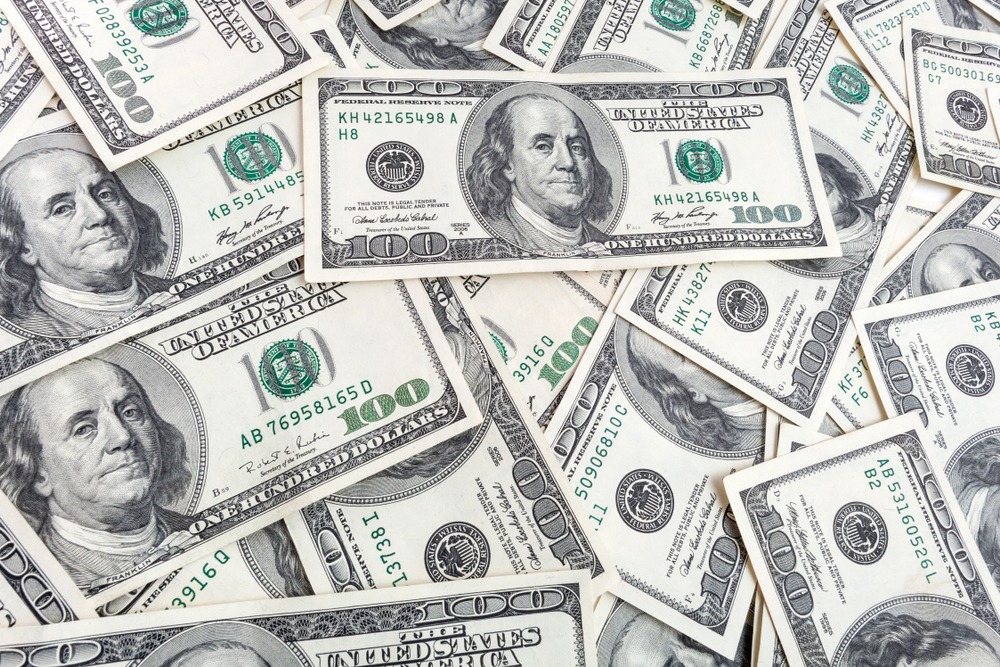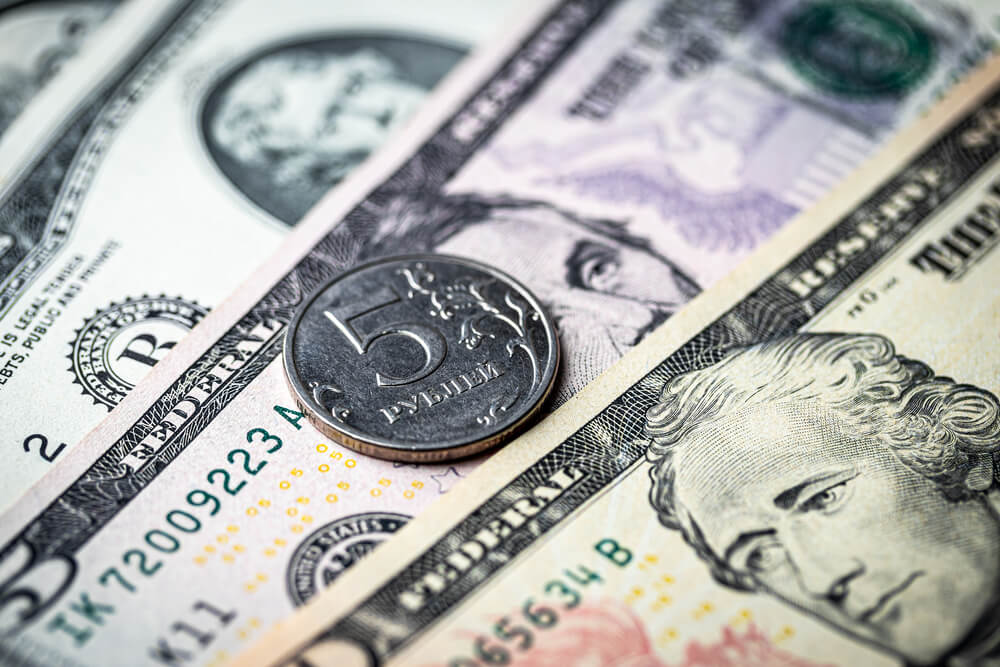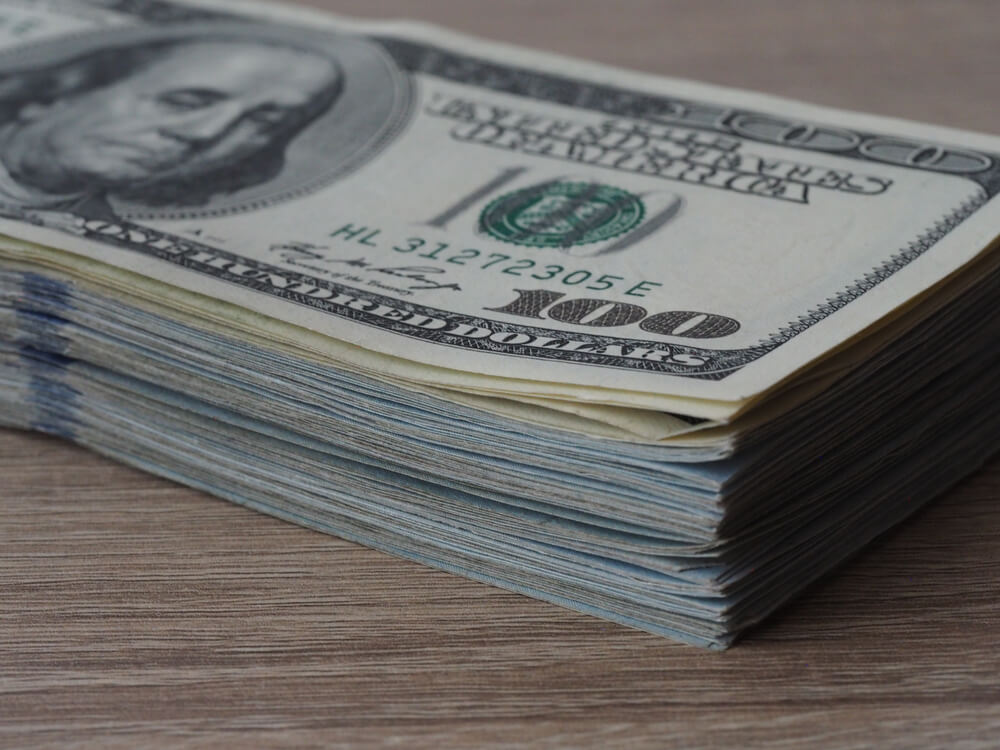On Monday, the dollar fell as investors continued to sell; this reduced forecasts of additional dollar gains from increasing U.S. rates; it also became confident that removing Chinese restrictions could aid the global economy and exporters’ currencies.
Even as Asia’s stockmarkets shook, U.S. equities futures jumped dramatically in Asia, dragging its risk-sensitive currencies along with them. The Australian dollar jumped 0.5 percent to $0.7091, up 3.8 percent in a week and a half. The New Zealand dollar climbed 0.8 percent to $0.6458, a three-week high. Ray Attrill, head of foreign exchange strategy at National Australia Bank (OTC: NABZY), stated, “It’s a pretty encouraging start to the week.”
Fluctuations In the Currency Market
Following last week’s 1.5 percent gain on the dollar, the euro, and yen increased; the JPY went up 0.4 percent to 127.35 per dollar and the euro up 0.2 percent to $1.0586. The dollar index, which had risen almost 16 percent to a two-decade high in the 12 months to the middle of May, was down around 0.23 percent at 102.680 and has lost roughly 2% in a week. The safe-haven Swiss franc surged as well, maintaining high gains recorded last week – its best since March 2020 – when it rallied from parity to about 0.9716 per dollar.
Shanghai is slowly emerging from its state of emergency. Last week, an unexpectedly large rate drop was a hint that officials are willing to help the city recover. From June 1, the metropolis of 25 million people hopes to remove its city-wide lockdown and resume normalcy. Last week, the yuan enjoyed its best week since late 2020; it rose to 6.6844 per dollar on Monday. Last week, the Canadian currency increased for the third week in a row, rising around 0.4 percent to C$1.2800 per dollar. Last week, the sterling jumped nearly 2% based on better-than-expected retail statistics and a broader market rethinking whether foreign central banks are truly trailing behind the Federal Reserve. It was the last trading at $1.2546, up 0.4 percent.















